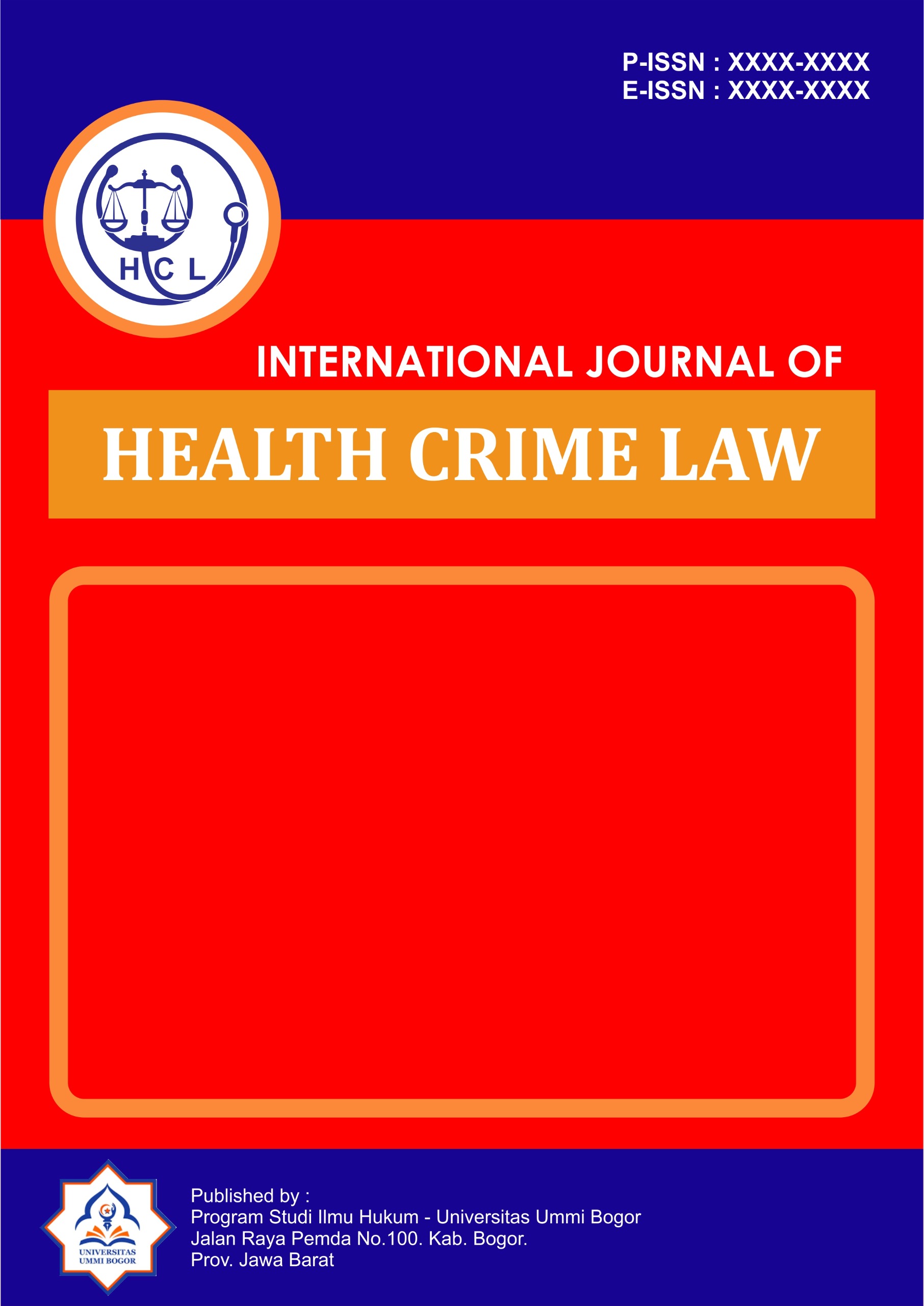Surrogate Motherhood As a Female Infertility Treatment
Keywords:
Surrogate motherhood, Presumed parents, Surrogacy agreement, Genetic mother, Gestation motherAbstract
The content of this work is conceived on the research of the consequences of surrogate motherhood as a process of assisted procreation, which represent a way of parenthood in case when it is not possible to realize parenthood through a natural way. Surrogate motherhood is a process in which a woman (surrogate mother) agrees to carry pregnancy with the intent to give the child to the couple she has made a contract on surrogate maternity with, after the birth. This process of conception and birth makes the determination of the child’s origin on its mother’s side hard to determine, because of the distinction of the genetic and gestation phases of the two women. The concept of surrogate motherhood is to appear in two forms, depending on the existence or the non-existence of the genetic link between the surrogate mother and the child she gives birth to. There are gestation (full) and genetic (partial) surrogates each with different modalities and legal and ethical implications. In Serbia, Law on Infertility Treatment and on Bio-medically Assisted Procreation from 2009 explicitly forbids surrogate motherhood, despite the fact that an infertile couple decides to use it, as a rule, after having tried all other treatment procedures, in cases when there is a diagnosis but the conventional treatment applied has not produced the desired results. Given the fact that no one has the right to ignore the sufferings of people who cannot procreate naturally, the medical practice and legal science in our country plead for a formulation of a legal framework in which to apply surrogate motherhood as an infertility treatment, under particular conditions.
References
Legal theory uses different phrases to denote this right: the right of free parenthood, the right of planning parenthood. See Cvejic-Jancic O., Family Law, Novi Sad 2009, p. 213.
See Kovacek-Stanic G., Family Law, Novi Sad 2005, p. 32
According to Draskic M., Family Law and the Right of the Child, Belgrade 2005, p. 54-55.
See Ponjavic Z., Family Law, Kragujevac, 2005, p. 49
See Art. 2 of the Health Care Law, “Official Gazette of RS”, No. 107/05 of 28th November 2005, which states the following: health care, pursuant to this law, is organized and encompasses social activity with the main aim of accomplishing the highest possible level of health protection of the population and family. Health care, pursuant to this law, encompasses measures taken in order to preserve and improve the health of the population, prevention, combating and early detection of diseases, injuries and other health problems and timely and efficient treatment and rehabilitation.
See Ninkovic R., Kandic-Popovic Z., Medical and Legal Aspects of in vitro Fertilization, Belgrade 1995, p. 93, footnote 1.
From medical perspective, sterility can be that of the female, of the male or both, infertility (there is a conception, but the pregnancy ends up in a miscarriage) and sub fertility (a condition of reduced ability to be fertilized in which pregnancy cannot be excluded). According to Bujas J.M., A Contribution to Studying Immunology Factor in Marriage Sterility, doctoral theses, Novi Sad 1995, p. 10.
See Ponjavic Z., Family Law, op. cit., p. 49-50.
In domestic and foreign legal references, there are various synonyms of bio-medically assisted conception such as: assisted procreation, assisted reproduction, assisted reproductive technology, assisted human reproduction, medically assisted parenthood. Although not precise, these terms point to various aspects of medical interventions in creating offspring. See Jovic O., Surrogate Motherhood - a New Dimension of Parenthood, Zaduzbina Andrejevic, Belgrade, 2004, p. 12, footnote 1. Ibid.
See provisions from Art. 57 and 58 of the Serbian Family Law, “Official Gazette of the RS”, No. 18/2005.
In comparative law, we come across different legal solutions for egg cell donations, those that allow it if relevant conditions are fulfilled (Australian, Spanish, English, French, Danish, Croatian law), to those that specifically prohibited it (Austrian, Swedish, Norwegian, German law). See Draskic M., Family Law and the Right of the Child, op.cit., p. 217.
See Article 58, Paragraphs 1 and 2 of Serbian Family Law.
See more at Jovic O., Surrogate Motherhood - a New Dimension of Parenthood, op. cit., p. 17-18.
The terms which denote this assisted fertilization procedure vary: surrogacy, surrogate parenthood, surrogate pregnancy, having a child as a service, having a child for another person (uterus rental), and abdomen rental. It is also advisable to note that, lexically speaking, all of these expressions are indeterminate with regards to the existing forms of surrogate motherhood, because none of them fully comprises the biological and the social components that are integral parts of the idea of surrogate motherhood.
See Sweet R.C., Surrogacy: Practical Medical Aspects, 1996, internet presentation: http://www.surrogacy.com/medres/article/aspects.html
See Hegnauer S., Human Rights and Artificial Procreation by Donor, Eekelaar E., Sarcevic P., (eds.), Parenthood in Modern Society, 1993, p. 208.
Social parenthood denotes assisted procreation and adoption. See Komar, Korac, Ponjavic, Family Law, Belgrade 1995, p. 231.
On arguments for and against the acceptability of the surrogate motherhood procedure, as well as for a more detailed elaboration on provisions regarding surrogate motherhood in comparative law, see Jovic O., Surrogate Motherhood – a New Dimension of Parenthood, op. cit., p. 31-35. Ibid.
See Morgan D., Lee R.G., ‘Blackstone’s Guide to the Human Fertilization and Embryology Act 1990’, Blackstone 1991.
See Douglas G., Lowe N., Becoming a Parent in English Law, Parenthood in Modern Society 1993, Eekelaar J. and Sarcevic P., (eds.), p. 152 and on.
See Sec. 30 (7) H.F.E.A.
See Surrogacy Arrangements Act 1985, 135 New Law Journal 978,980



